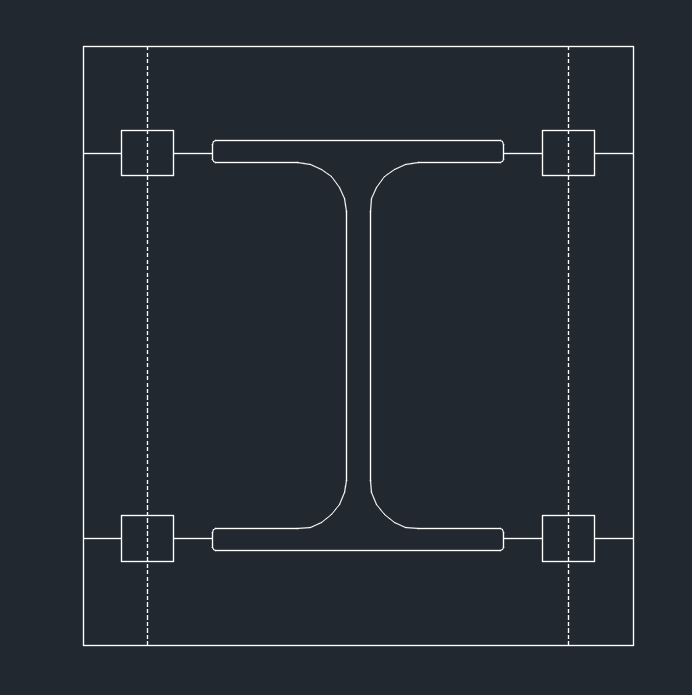Pultrusion is a technique for producing continuous lengths of reinforced polymer structures using a traction system. This method is very versatile and can produce profiles of unlimited range as long as the right process and curing molds are available.
Glass fiber pultrusion obtains its final mechanical properties through this single preparation process, unlike wood which requires carbonization before use. Pultruded profiles can even be designed to meet the highest standards of flame tests without the need for further coating or treatment.
The superior performance of reinforced fiber pultrusion is due to the combination of process and material properties. The “impregnation” phase is crucial when continuous reinforcement materials (fibers, felts, fabrics) pass through specified resins.
This provides good stability to the structure and its use in a variety of environments. The type of resin used is the main determinant of the chemical and thermomechanical properties of the component (including flame retardancy).
For example, in the case of infrastructure, offshore natural gas platforms and oil production platform have operational requirements. Materials must be high strength and extremely tough, yet have no corresponding high weight profile. They must also meet extremely high flame retardancy standards and withstand corrosive corrosion to comply with relevant health and safety regulations.
Typically, high-quality polyester and vinyl ester resins are used for glass fiber pultrusion in the natural gas and petroleum industries to meet surface burning characteristics of building materials.

